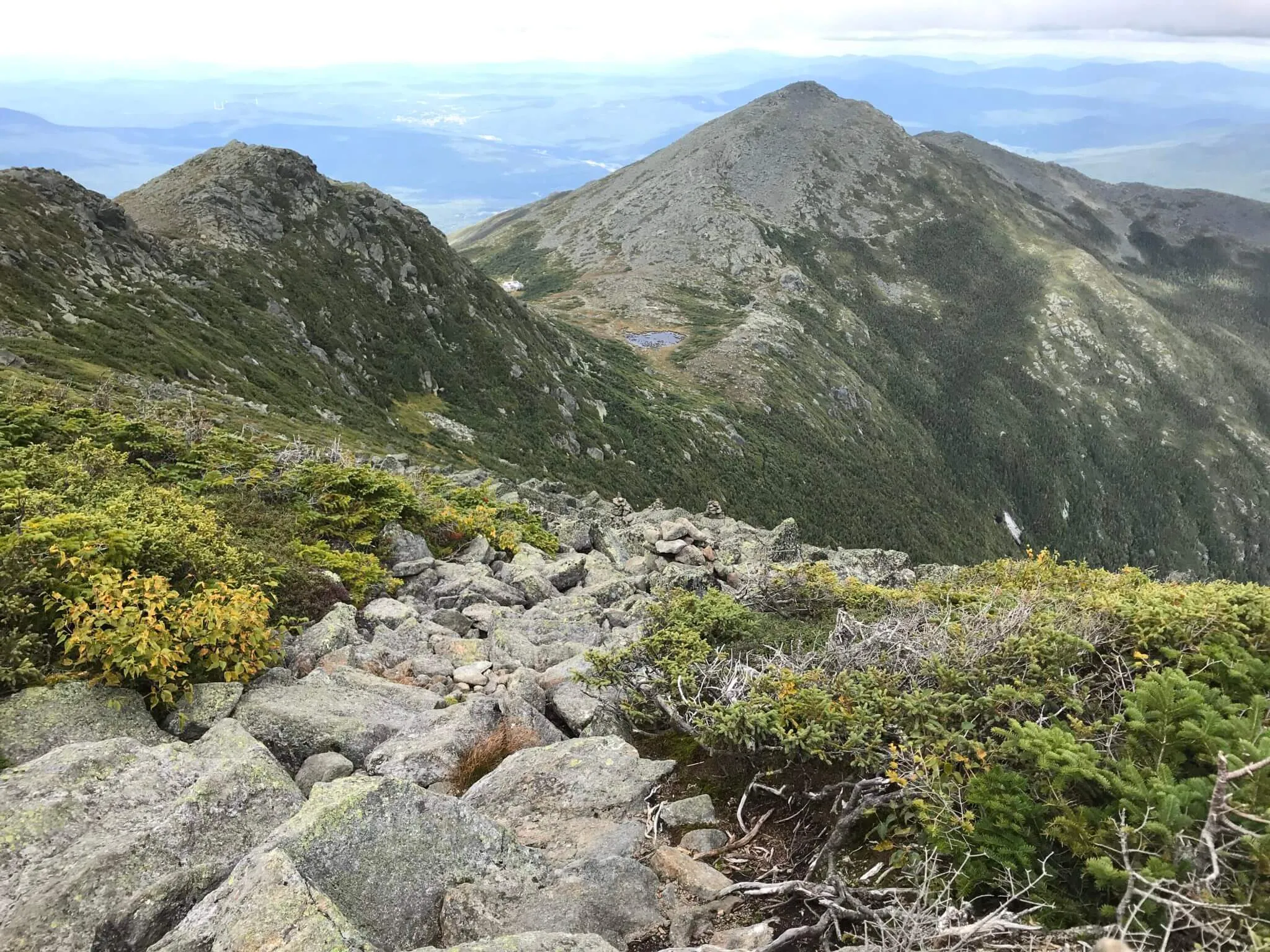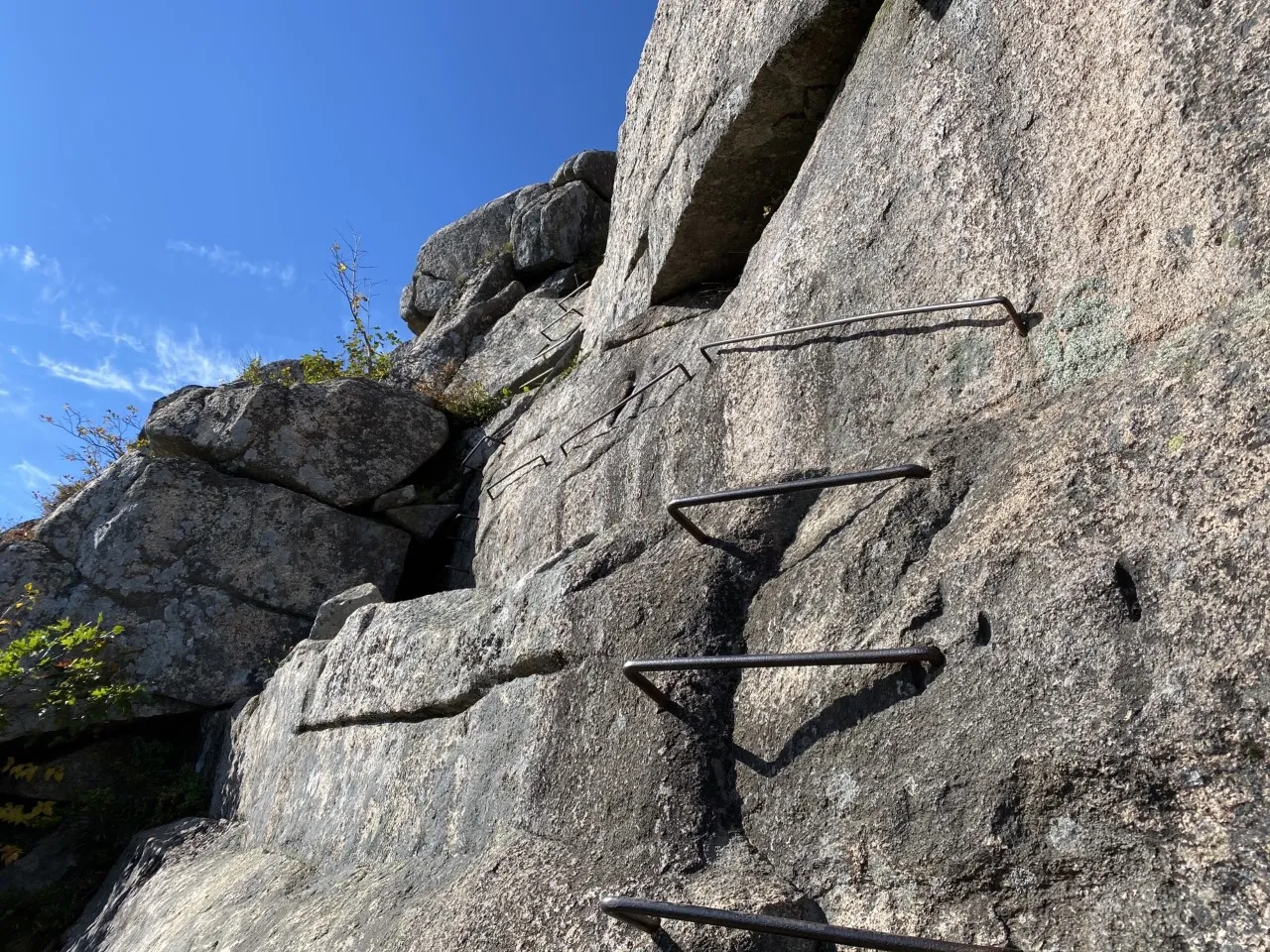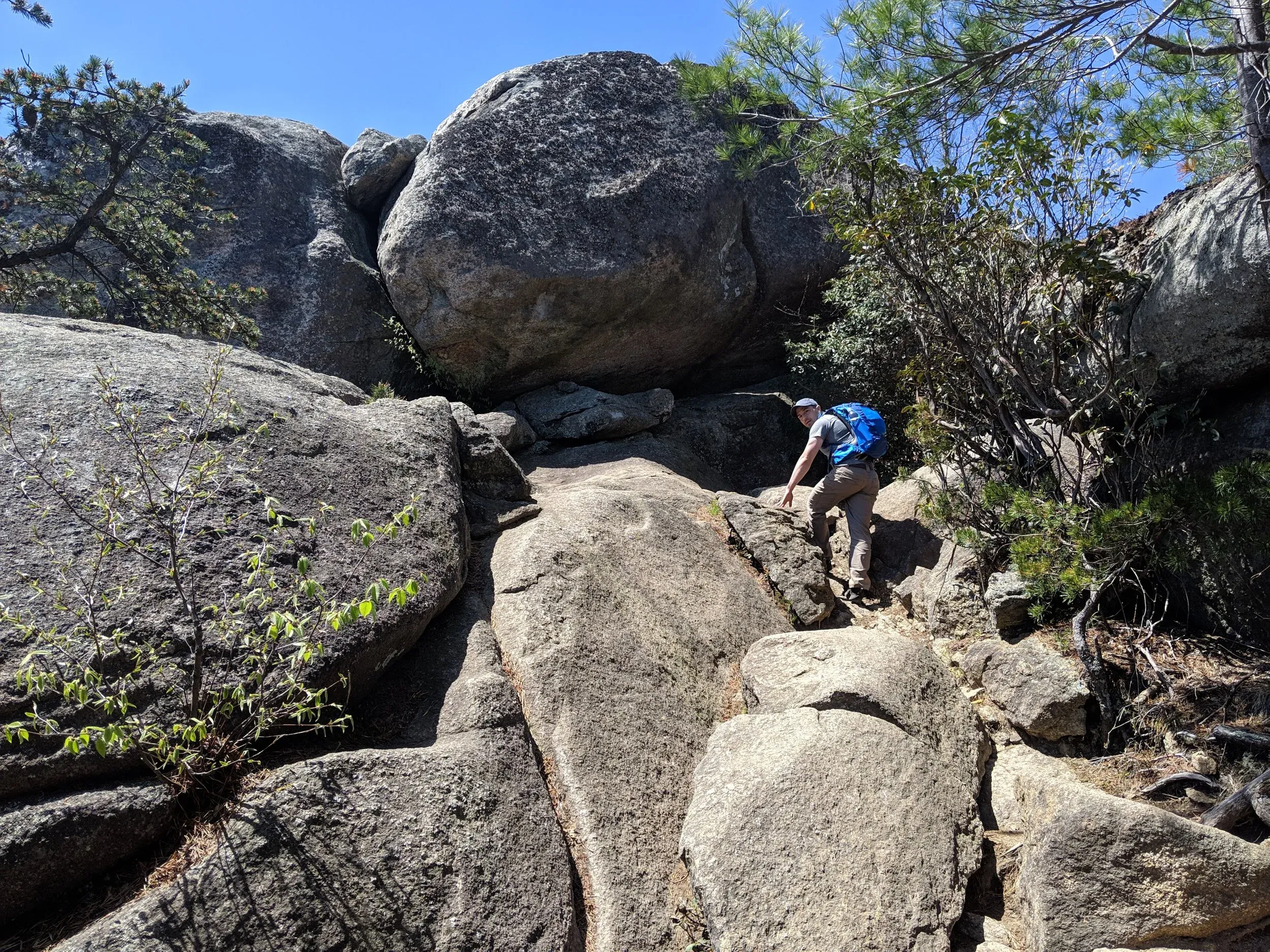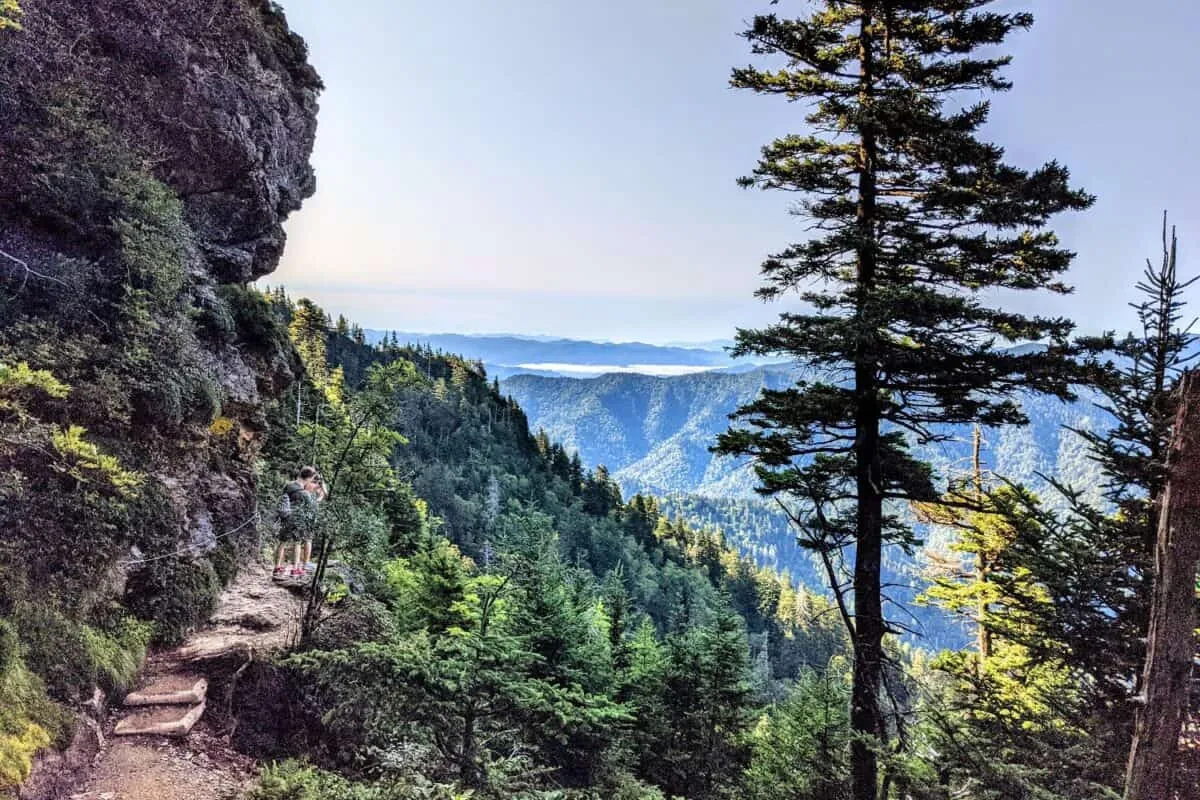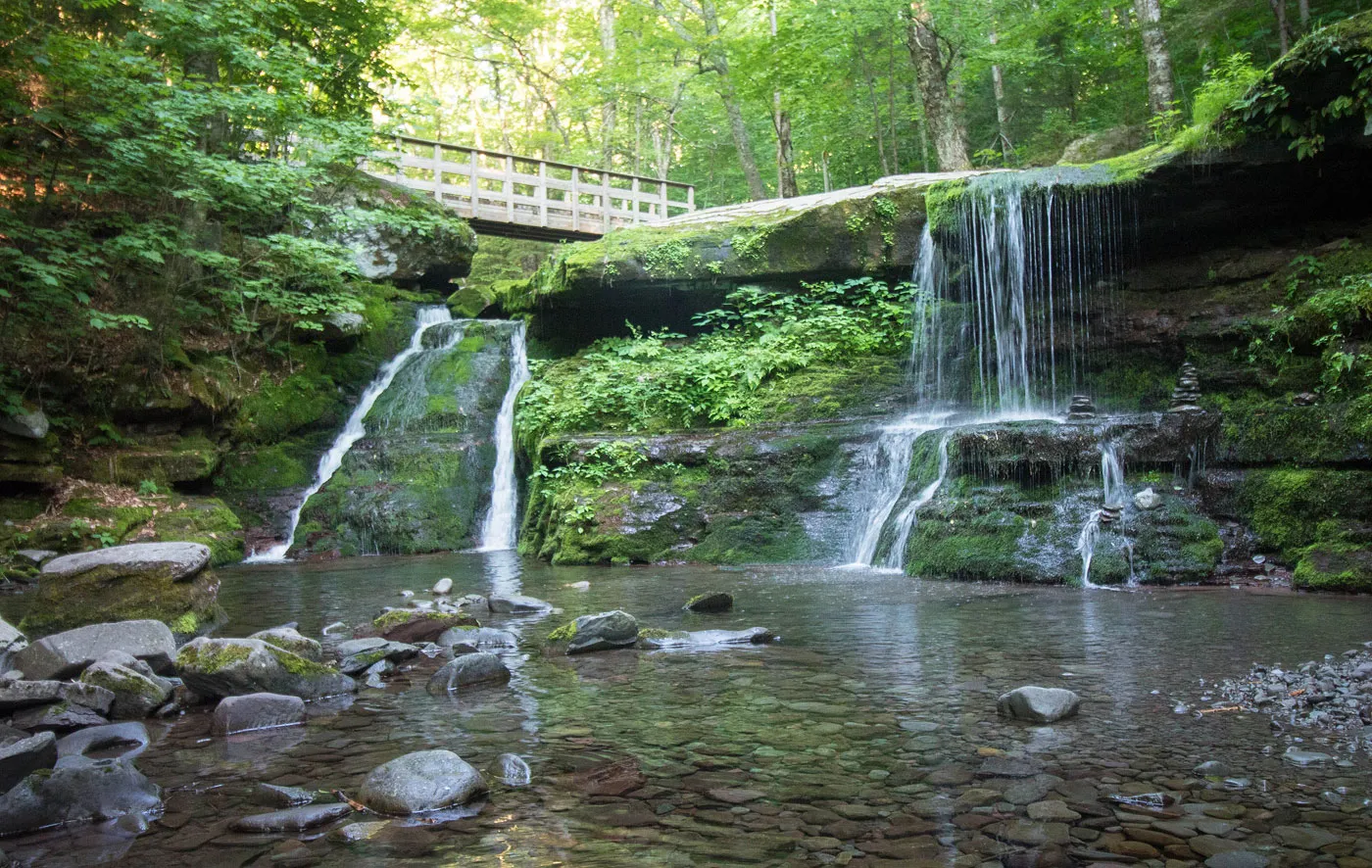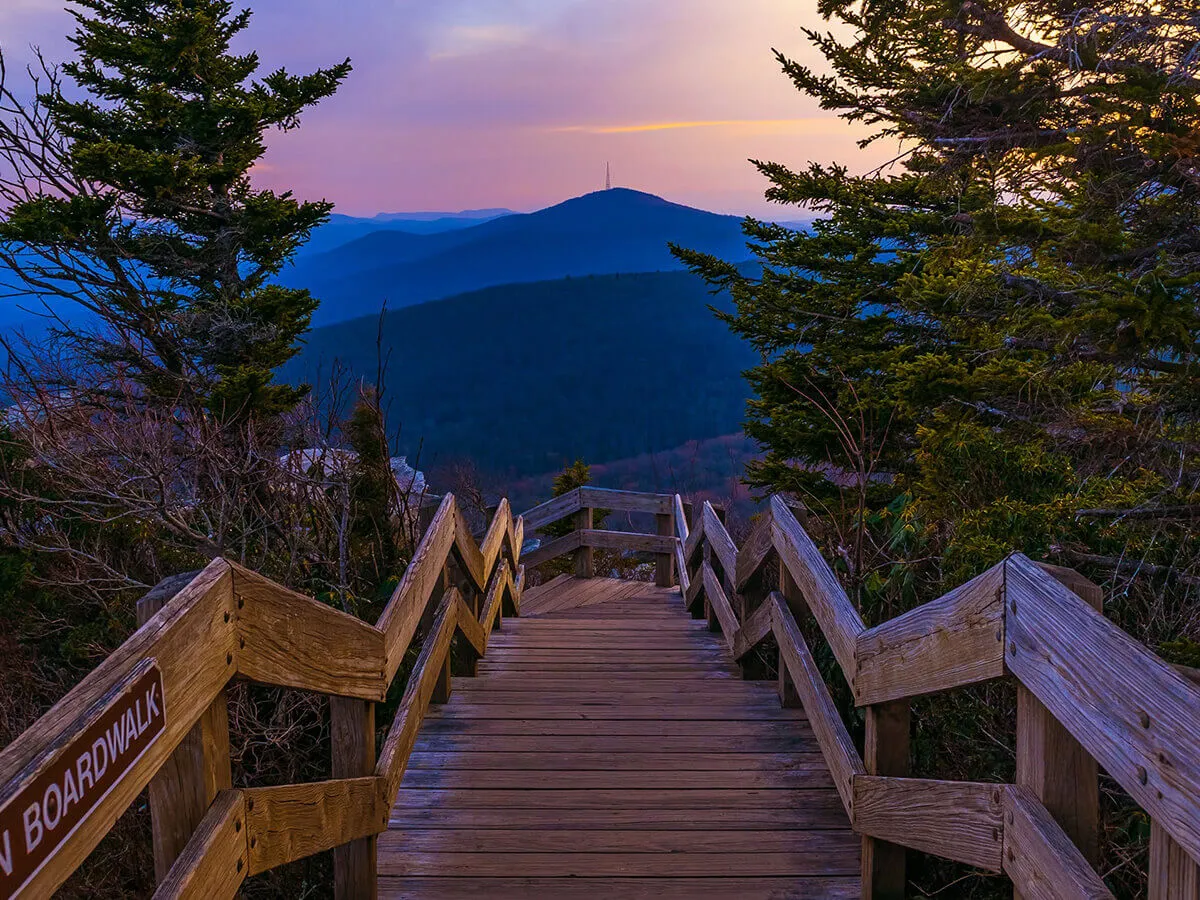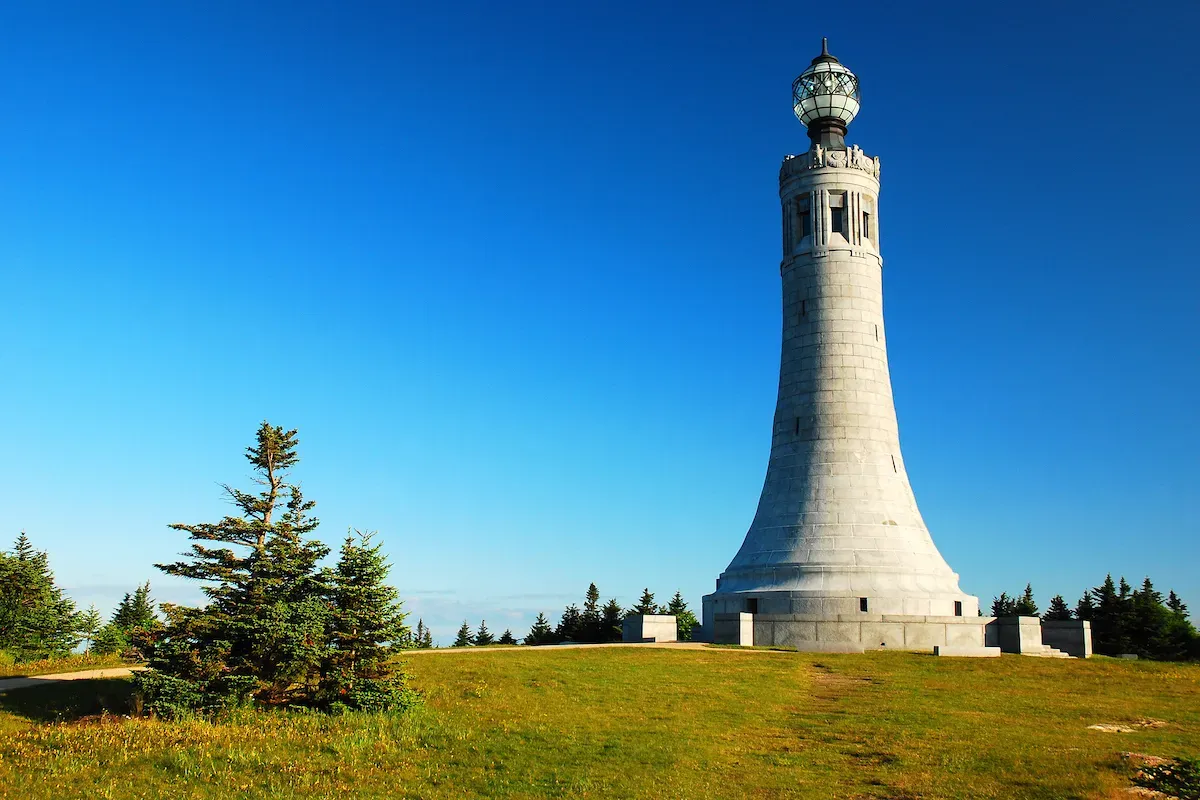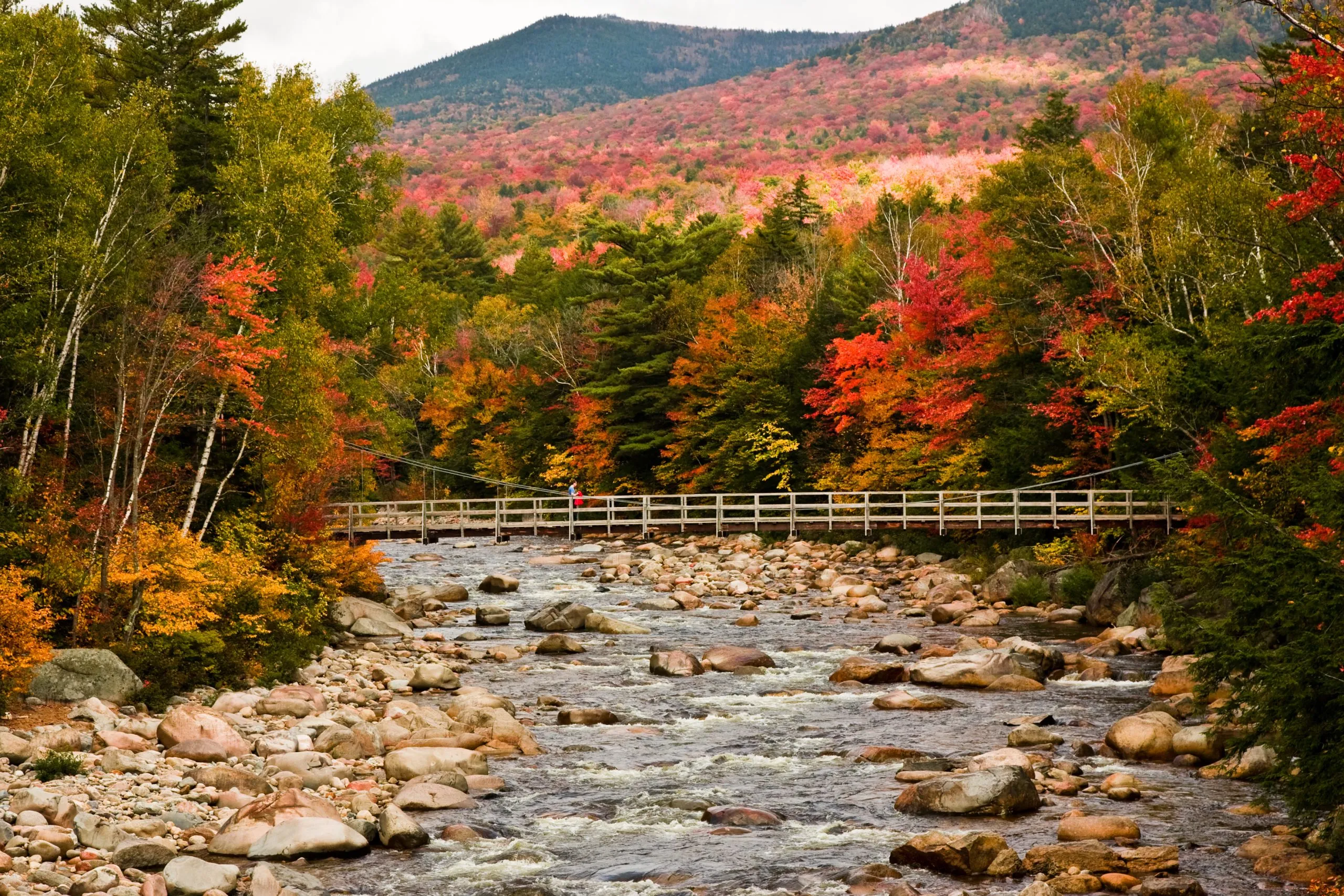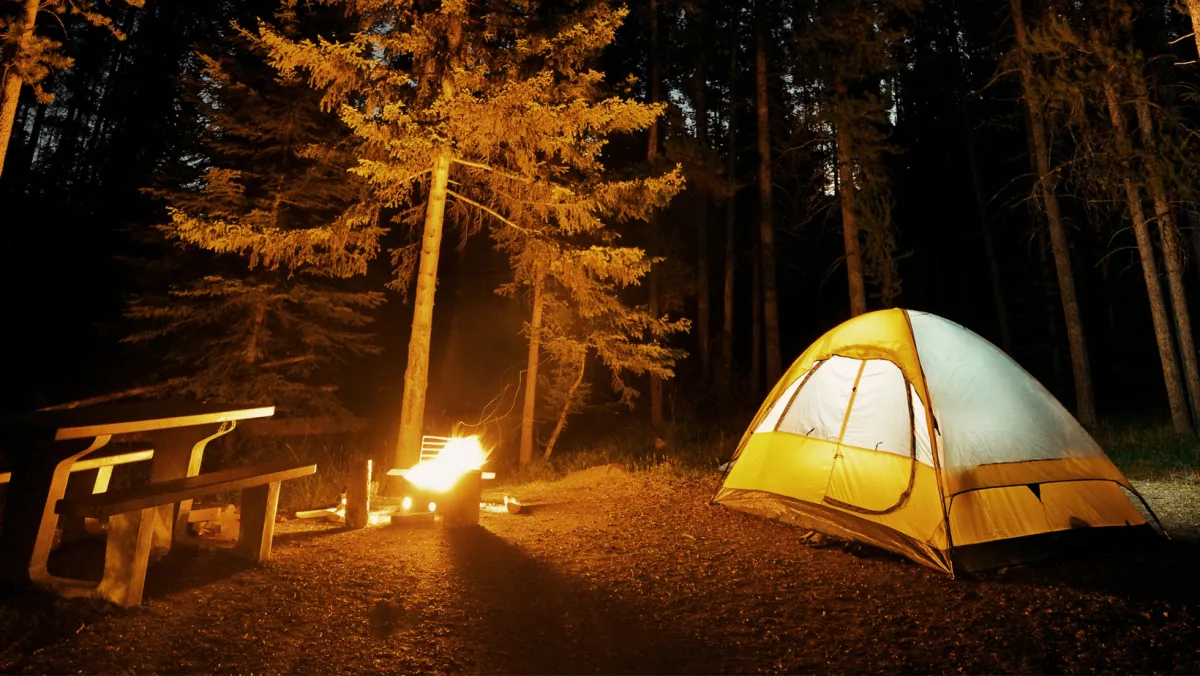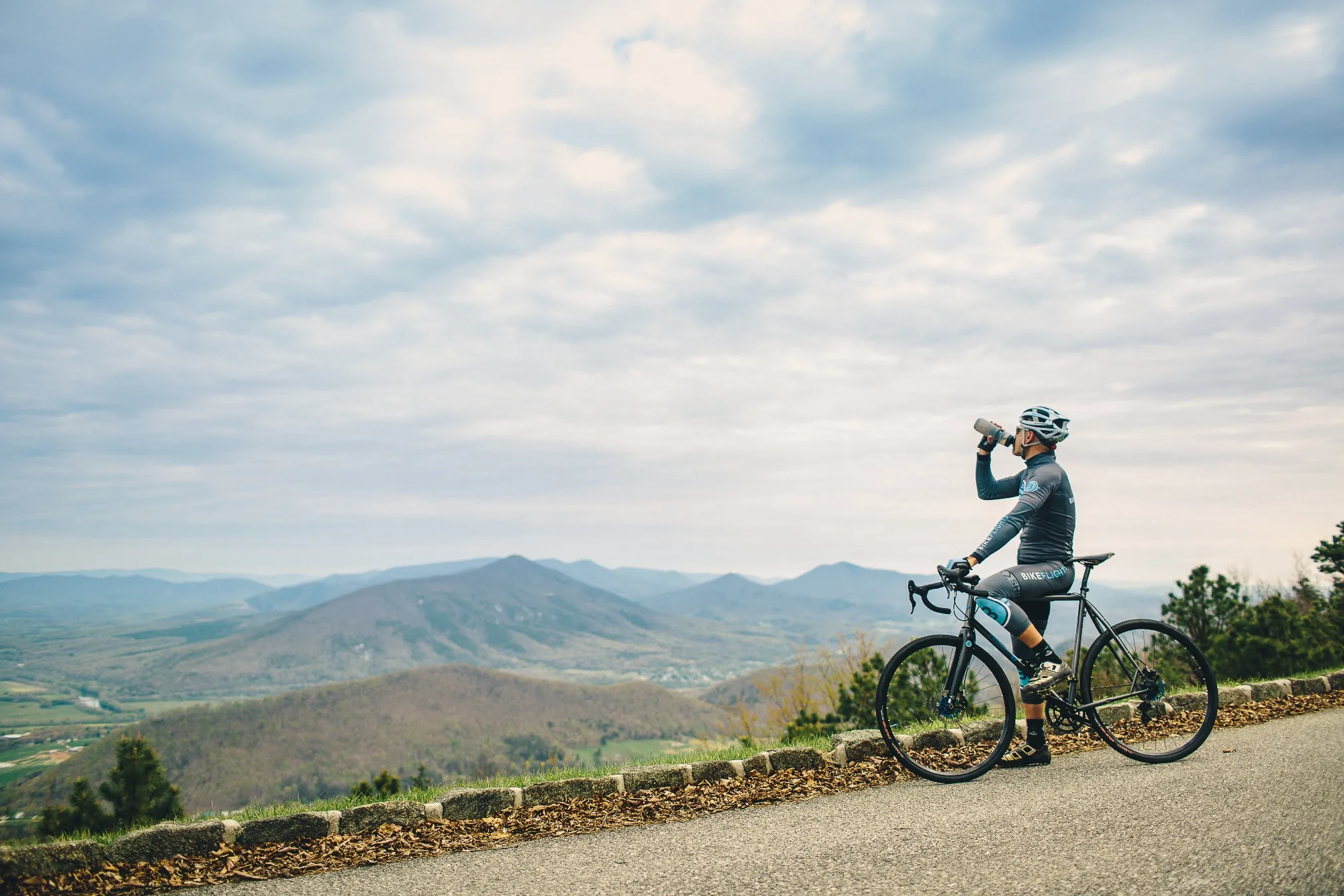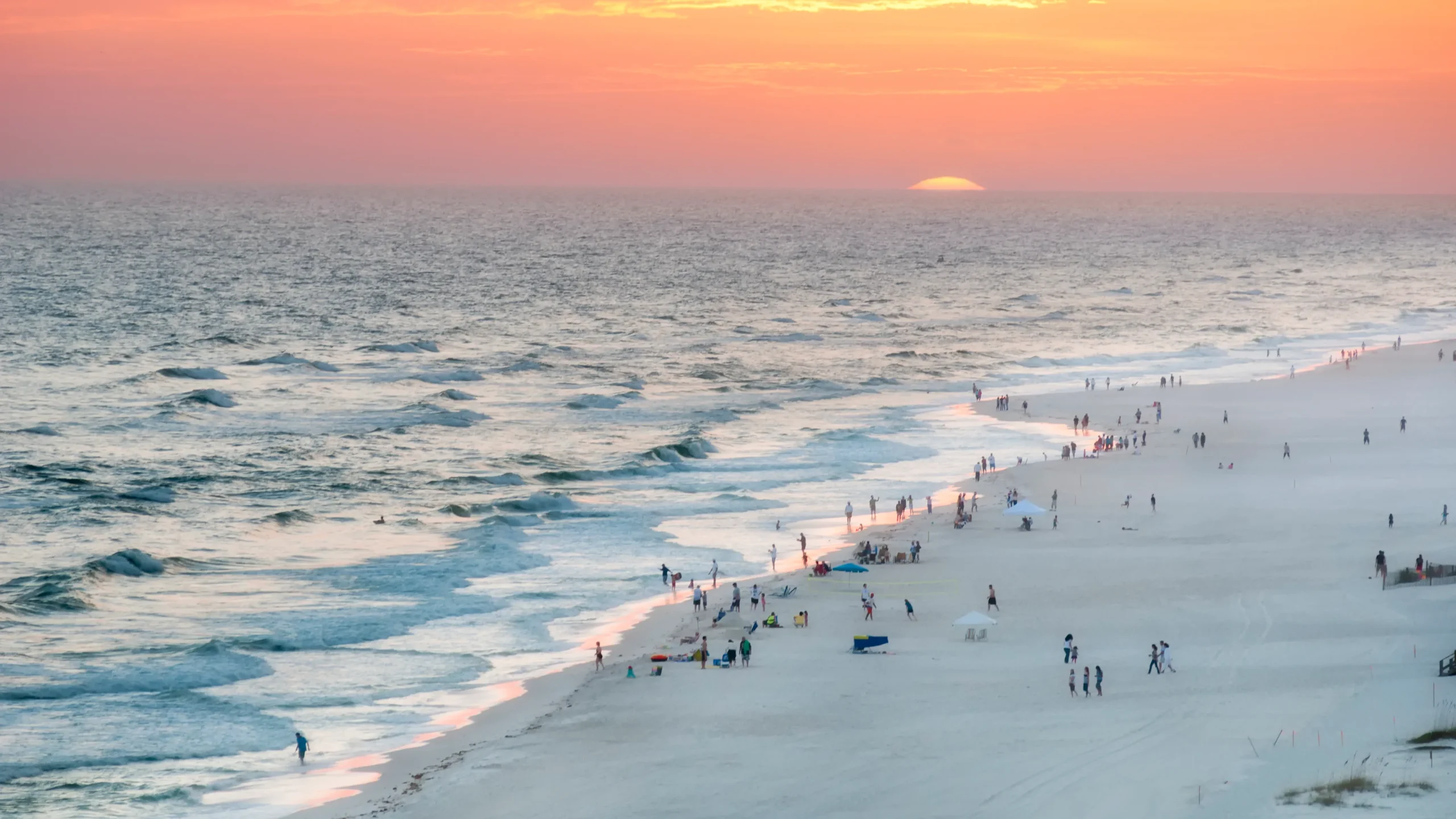East Coast hiking trails offer a challenge distinct from what you will typically find out West. It is less about towering altitude and more about navigating technical terrain, unpredictable weather, and some of the most demanding trail conditions in America. After a decade of exploring these ancient, weathered mountains from Georgia’s Blood Mountain to Maine’s Katahdin, I can tell you that these East Coast hiking trails command respect and preparation. In return, they offer rewarding experiences and some of the best hiking the region has to provide. Many of these trailheads serve as perfect waypoints for a larger East Coast road trip, allowing you to combine driving adventures with summit views. Whether you are seeking a vertical rock scramble or a dense forest walk, the East Coast hiking trails listed below represent the pinnacle of outdoor adventure in the Eastern United States.
1. Acadia National Park, Maine: Coastal East Coast Hiking Trails
Acadia National Park delivers a perfect combination of coastal beauty and mountain adventure, making it one of the most diverse destinations for East Coast hiking trails. As one of the premier East Coast National Parks, it is not your typical mountain park; here, you will find iron rung climbs on sheer cliff faces alongside gentle pond loops that showcase Maine’s rugged coastline. The unique geography of Mount Desert Island means that you are never far from the ocean, providing a visual contrast that is rare among other East Coast hiking trails. The granitic bedrock, sculpted by glaciers millennia ago, provides a grippy yet unforgiving surface that defines the hiking experience here. When planning a trip to hike East Coast trails, Acadia stands out for its accessibility and immediate visual payoff.
The Precipice Trail Experience
The park’s crown jewel is the Precipice Trail, a 2.1-mile non-technical climb that uses iron rungs and ladders to ascend the vertical faces of Champlain Mountain. This is more of an adrenaline-fueled scramble than a traditional walk among East Coast hiking trails, with serious exposure and incredible ocean views. The trail gains 1,060 feet and is an excellent test of your comfort with heights. It is arguably one of the most thrilling East Coast hiking trails available to non-climbers.
Relaxing at Jordan Pond
For a more relaxed experience, the 3.3-mile Jordan Pond Path circumnavigates the crystal-clear water with the iconic North and South Bubble mountains reflected in its surface. While the east side offers a smooth gravel path, the west side features a narrow log boardwalk and rocky sections requiring careful footing. This variety is what makes East Coast hiking trails in Acadia so special.
When to Visit and Logistics
The best time to visit these East Coast hiking trails is from May through October, though note the Precipice Trail typically closes from March to August for nesting peregrine falcons. Bar Harbor is the main gateway town, with accommodations ranging from $80 to $300 per night. To avoid parking challenges common to popular East Coast hiking trails during peak season, use the free Island Explorer shuttle. Acadia’s biggest strength is its diversity, but its popularity means trailheads like Jordan Pond House fill before 9 AM on weekends.
2. The White Mountains, New Hampshire: Alpine East Coast Hiking Trails
The White Mountains present the most serious hiking challenges on the East Coast, featuring weather so severe it rivals much higher peaks out West. This region is home to the Presidential Range, where 15 miles of trails remain above the treeline, exposing hikers to some of the world’s most dangerous and unpredictable weather. For those on a New England road trip, this area is an essential stop. The indigenous Abenaki people called Mount Washington “Agiocochook,” or the place of the Great Spirit, a name that reflects the awe and reverence these mountains inspire. For those looking to test their limits on East Coast hiking trails, the White Mountains serve as the ultimate proving ground. The ruggedness of the granite peaks here requires a specific set of skills, including navigation and scrambling, which sets these paths apart from gentler East Coast hiking trails found further south.
The Legendary Presidential Traverse
The Presidential Traverse stands as the crown jewel of New England hiking—a legendary 20-mile “death march” with 8,500 feet of elevation gain across the range’s highest peaks. This epic undertaking requires 12 to 16 hours for elite hikers or can be a 2 to 3-day backpacking trip. The primary challenge on this premier East Coast hiking trail isn’t just distance but the brutal, rocky terrain.
Franconia Ridge Loop
For a more manageable but equally stunning day, the 8.9-mile Franconia Ridge Loop traverses Little Haystack, Mount Lincoln, and Mount Lafayette, featuring a breathtaking 1.7-mile stretch along a knife-edge alpine ridge. It is widely considered one of the most scenic East Coast hiking trails.
Logistics for Alpine Hiking
Plan your above-treeline adventures on these East Coast hiking trails from June through September, but always be prepared for life-threatening weather changes. North Conway serves as the main base, with lodging from $60 to $250 per night. Be aware that the popular Lafayette Place trailhead often fills by 8 AM on weekends. The White Mountains offer an unparalleled alpine experience, but the weather risk is serious.
3. Shenandoah National Park, Virginia: Scrambling East Coast Hiking Trails
Shenandoah National Park is centered around one of the most famous and challenging hikes in the Mid-Atlantic: Old Rag Mountain. This is no ordinary mountain hike; it’s a 9.1-mile circuit featuring a grueling 1-mile rock scramble that requires climbing, crawling, and squeezing through tight passages between massive granite boulders. The geology of Old Rag, composed of ancient Old Rag Granite formed over a billion years ago, provides a unique friction that helps hikers navigate the steep surfaces. Unlike many other East Coast hiking trails that remain under the canopy, Old Rag offers sweeping 360-degree views that make the physical exertion worth every drop of sweat. It represents a specific sub-genre of East Coast hiking trails that combine hiking with non-technical climbing.
Conquering Old Rag
The Old Rag experience demands significant upper body strength and mental fortitude. The National Park Service rates this circuit as “Very Strenuous,” and it’s an all-day commitment for most, gaining 2,380 feet of elevation. It is a standout among East Coast hiking trails for its physical interactivity.
Dark Hollow Falls Alternative
For those wanting Shenandoah’s beauty without the intensity of its hardest East Coast hiking trails, Dark Hollow Falls is the park’s most popular waterfall hike. This 1.4-mile out-and-back trail leads to a stunning 70-foot cascade, but the steep, rocky return climb is legitimately challenging.
Shenandoah Travel Tips
The ideal season for these East Coast hiking trails is March through November, though Old Rag requires advance day-use tickets from Recreation.gov during this period. Front Royal and Luray provide gateway access with accommodations from $70 to $200 per night. While Old Rag delivers a unique East Coast hiking experience, the reservation system and crowds can be frustrating.
4. Great Smoky Mountains, NC/TN: High Elevation East Coast Hiking Trails
The Great Smoky Mountains offer the East Coast’s most accessible high-elevation hiking, with peaks soaring over 6,000 feet and a trail system showcasing incredible biodiversity. This ancient range creates its own weather, often shrouding the peaks in the signature “smoke” that gives the mountains their name. As an International Biosphere Reserve, the park protects a variety of flora and fauna that you won’t see on other East Coast hiking trails. The rich, loamy soil and constant moisture create a lush, green environment. If you visit in October, the East Coast fall foliage transforms these slopes into a vibrant tapestry of red and gold. Hiking here offers a connection to nature that differs from the rocky, exposed summits of the north, providing a softer but no less strenuous experience on East Coast hiking trails.
Mount LeConte and Alum Cave
Mount LeConte via the Alum Cave Trail is the park’s premier hiking experience. This 11-mile round-trip journey takes you through Arch Rock and past the impressive Alum Cave Bluffs before a final steep ascent to the historic LeConte Lodge. The trail features narrow ledges with cable handrails and several stream crossings, marking it as a classic among East Coast hiking trails.
Waterfall Diversity
The Smokies also offer incredible waterfall hikes, with dozens of cascades accessible via well-maintained trails. This makes the park a versatile destination for all skill levels seeking top-tier East Coast hiking trails.
Planning Your Smokies Trip
Visit from April through October for most trails, though some high-elevation East Coast hiking trails may hold snow into May. Gatlinburg is the primary gateway, with lodging from $50 to $300 per night. The Great Smoky Mountains provide incredible diversity with no entrance fees.
5. The Catskills, New York: The Toughest East Coast Hiking Trails
The Catskills region harbors what many consider the toughest hiking trail in the Eastern United States: the aptly named Devil’s Path. This 24-mile trail climbs straight up and down six major peaks with almost no switchbacks, accumulating nearly 9,000 feet of elevation gain over relentlessly brutal terrain. The trail was originally cut by early settlers and bark peelers, not modern trail crews, which explains the direct, punishing lines it takes up the mountains. When hikers discuss the most grueling East Coast hiking trails, the Devil’s Path is almost always the benchmark for suffering and endurance. It is a rugged reminder of the wildness that still exists in New York state, offering a solitude often missing from other popular East Coast hiking trails.
The Devil’s Path Challenge
Even a small section of the Devil’s Path provides a serious challenge. The 3.8-mile trek to Indian Head summit includes perilous ledges and demanding terrain that has become a rite of passage for serious fans of East Coast hiking trails. Winter conditions make this trail extremely dangerous, requiring technical gear.
Beyond the Devil’s Path
Beyond this specific trail, the Catskills offer more approachable hiking with excellent views and fewer crowds than more famous destinations. It is an underrated hub for East Coast hiking trails.
Catskills Visitor Information
The best time to hike these East Coast hiking trails is from May through October. Avoid winter conditions unless you are an experienced mountaineer. Towns like Phoenicia and Tannersville are great base camps, with lodging from $60 to $180 per night.
6. Blue Ridge Parkway, North Carolina: Scenic East Coast Hiking Trails
The Blue Ridge Parkway region offers some of the East Coast’s best payoff-to-effort ratios, with numerous trails that deliver spectacular mountain views without requiring all-day commitments. This area specializes in accessible hikes that showcase the classic rolling peaks of the Blue Ridge Mountains. Unlike the remote wilderness of the northern Appalachians, these East Coast hiking trails are often easily accessed directly from one of the most famous East Coast scenic drives, allowing for a “hike-hopping” style of adventure. The geology here is some of the oldest on the continent, worn down over hundreds of millions of years into the soft, blue-hued ridges that define the horizon. For families or those with limited time, this region offers the most user-friendly collection of East Coast hiking trails.
Rough Ridge Trail
Rough Ridge Trail exemplifies this perfectly. In just 0.8 miles, a boardwalk and rocky path lead to an incredible overlook of the Linn Cove Viaduct and Grandfather Mountain. This moderately steep but short hike provides one of the most photographed views found on East Coast hiking trails.
Parkway Connectivity
The 469-mile parkway connects dozens of trail options, allowing you to sample multiple East Coast hiking trails in a single trip and choose adventures that match your energy level.
Visiting the Blue Ridge
Visit from April through October, with peak fall foliage typically occurring in early to mid-October. Asheville is the main hub for these East Coast hiking trails, with accommodations from $60 to $250 per night and easy parkway access.
7. The Berkshires, Massachusetts: Gateway East Coast Hiking Trails
The Berkshires provide an ideal stepping stone for hikers ready to progress from flat terrain to mountain adventures. As Massachusetts’ highest point, Mount Greylock offers commanding views of the surrounding hills without the punishing steepness found in other famous ranges. This area has inspired writers like Herman Melville and Nathaniel Hawthorne, adding a layer of literary history to your walk. The trails here are generally smoother and less root-choked than those in the White Mountains or Adirondacks, making them perfect for developing the stamina required for harder East Coast hiking trails. The blend of rural New England charm and accessible elevation makes the Berkshires a unique entry in the list of East Coast hiking trails.
Mount Greylock Summit Loop
The Mount Greylock Summit Loop covers 6.6 miles with a steady, manageable ascent through beautiful hardwood forests, culminating at a panoramic peak. This trail teaches essential mountain hiking skills—like reading trail markers and managing elevation—while remaining forgiving enough for beginners exploring East Coast hiking trails.
Building Confidence
The region features numerous shorter options, allowing hikers to build confidence and skills progressively before tackling more difficult East Coast hiking trails.
Berkshires Travel Logistics
The prime season for these East Coast hiking trails is May through October, with spectacular fall foliage. Lenox and Great Barrington serve as primary base towns, with lodging from $80 to $220 per night.
Essential Gear for Challenging East Coast Hiking Trails
East Coast hiking trails demand specific gear to handle rocky terrain, high humidity, persistent insects, and unpredictable weather. Because the environment varies so wildly from sea level to alpine zones, your kit must be versatile, especially if you plan on combining your trek with East Coast camping to stay close to the trailheads.
-
Footwear: Mid- or high-cut waterproof boots with aggressive tread are essential for navigating slippery rocks and providing ankle support on uneven East Coast hiking trails.
-
Trekking Poles: These are crucial tools for maintaining balance on wet rocks, probing mud, and powering up steep climbs found on many East Coast hiking trails.
-
Rain Gear: High-quality, breathable rain gear is a non-negotiable safety item, as being soaked can lead to hypothermia even in summer on exposed East Coast hiking trails.
-
Insect Protection: Use a DEET-based repellent and consider Permethrin-treated clothing to guard against ticks, mosquitoes, and black flies common to East Coast hiking trails.
-
Navigation: Carry waterproof maps and a compass, as cell service is unreliable in remote areas surrounding East Coast hiking trails.
Safety and Responsibility on East Coast Hiking Trails
East Coast hiking trails present unique safety considerations that every hiker must respect. The dense forests can be disorienting, and the proximity to urban centers often gives a false sense of security. Whether you are on a quick day hike or an extended East Coast vacation, preparedness is key.
Black bears inhabit most areas surrounding East Coast hiking trails but are typically harmless if you make noise and store food properly. The region’s two venomous snakes, timber rattlesnakes and copperheads, prefer rocky, sunny areas and will avoid humans if given space.
Weather is the most serious concern on East Coast hiking trails, with sudden afternoon thunderstorms common in summer. Always check the forecast, start early to be off summits by afternoon, and descend immediately if you hear thunder. Finally, follow the seven Leave No Trace principles to protect these heavily used East Coast hiking trails for future generations.
